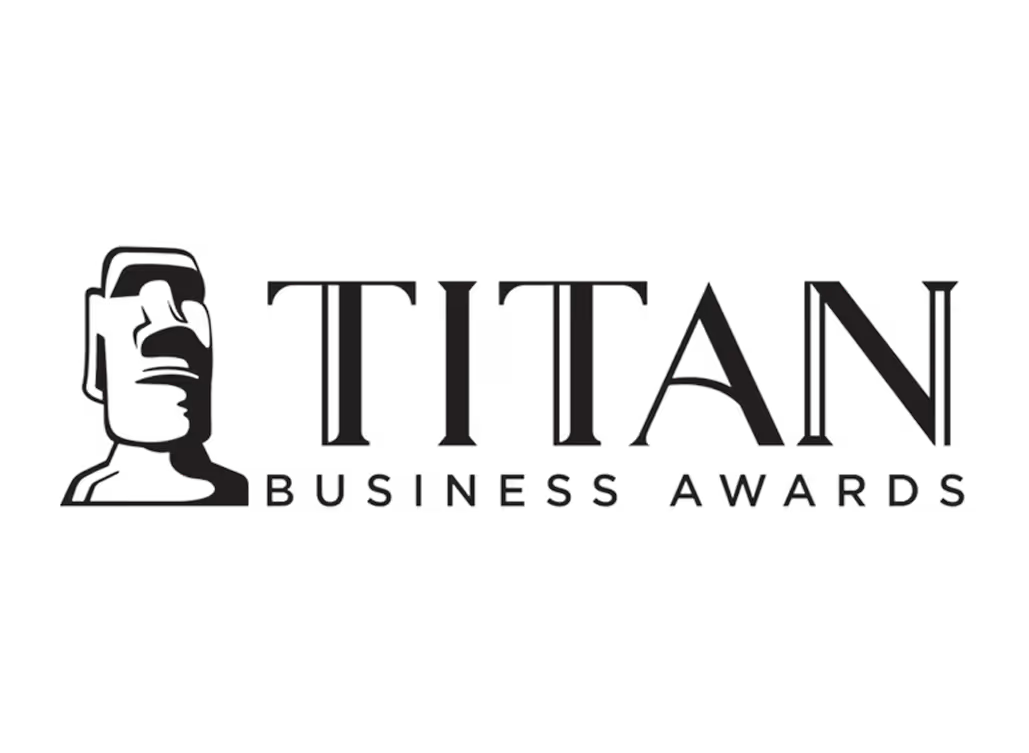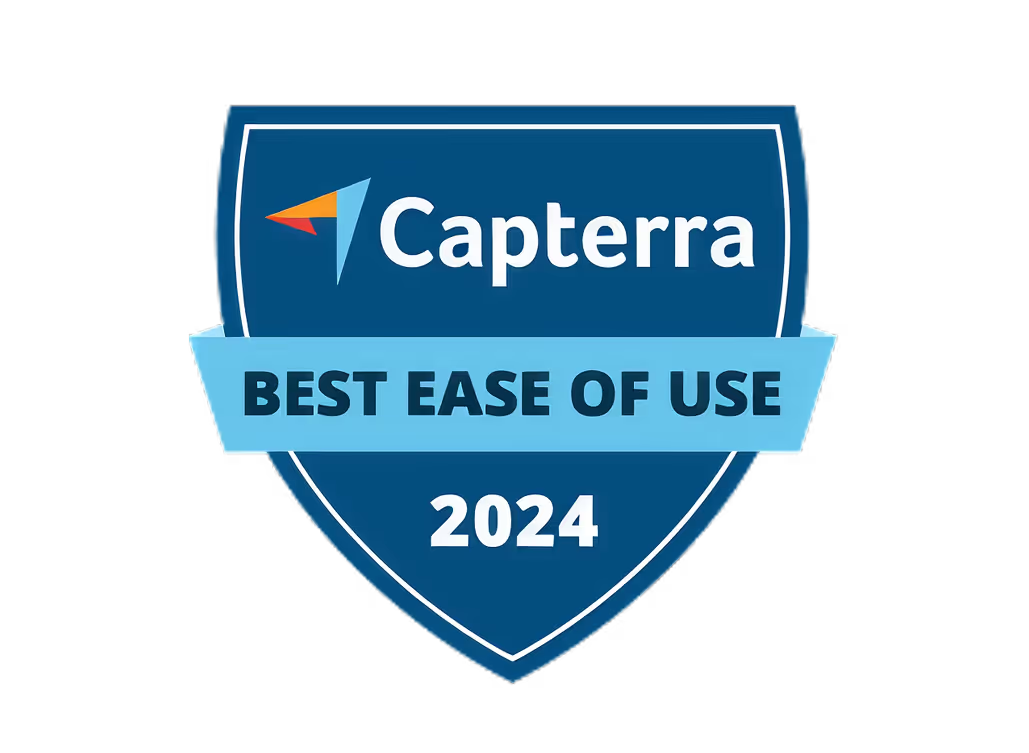Citations:

A Comprehensive Guide
Citations are an essential component of academic and professional writing, allowing authors to give credit to the original sources of ideas, research, and words. This article provides a comprehensive overview of citations, covering:
- What Citations Are: A way to acknowledge the work of others and avoid plagiarism by including details like the author's name, publication date, and title.
- Why Citations Matter: They establish credibility, prevent plagiarism, and maintain integrity in research and writing.
- How to Summarize Research: Provide a clear overview of the study's purpose, methods, key findings, and conclusions.
- Organizing Citations: Group citations by topic, use subheadings, and maintain a consistent format for easy navigation.
- Citation Styles: Understand common styles like APA, MLA, Chicago, and Harvard, and how to format in-text citations and reference lists.
- Comparing Research: Establish factors like methods, results, and conclusions to effectively compare and contrast studies.
- Evaluating Research: Identify strengths, weaknesses, biases, and areas for future research to assess validity and reliability.
- Ethical Practices: Avoid plagiarism, accurately represent others' work, disclose conflicts of interest, and maintain transparency.
By following the guidelines outlined in this article, you can ensure proper citation practices, uphold academic integrity, and enhance the credibility of your research and writing.
BenefitDescriptionCredibilityProper citations demonstrate thorough research and respect for others' work.TransparencyClear citations allow readers to verify sources and understand the research process.CollaborationAccurate citations facilitate knowledge sharing and enable future research to build upon existing work.
Related video from YouTube
Summarizing Research
Study Overview
When summarizing research studies, provide a brief overview of the study's purpose and scope. This includes:
- The research question or goal
- The methods used to collect and analyze data
- The main objectives
A clear, concise summary helps readers quickly understand what the study aimed to achieve. For example, in a study on video ad effectiveness, the overview could state: "This study analyzed anonymized viewer data to determine what factors influence people to complete watching video ads."
Research Methods
Summarize how the research was conducted to show its validity and reliability. Describe:
- The data collection process
- The sample size
- Any statistical analysis performed
For the video ad study, this section could explain: "Anonymized viewer data was collected, and ad completion rates were analyzed. Different ad formats were compared to identify patterns."
Key Findings
Highlight the main results, data, trends, or patterns discovered. For the video ad study, key findings could include:
- Ad completion rates for various formats
- Impact of ad position on completion rates
- Differences in behavior between repeat and one-time viewers
Conclusions and Impact
Summarize the study's conclusions and their real-world implications or recommendations. For the video ad study, this section could state:
"The study concluded that ad placement and viewer engagement significantly impact completion rates. Further research on video ad effectiveness is recommended to help advertisers optimize their strategies."
Organizing Citations
Group by Topic
Group citations by topic or research area. This helps readers quickly find relevant studies. For example, if summarizing video ad research, you could group citations by:
- Ad format (skippable vs. non-skippable)
- Viewer engagement (completion rates, click-through rates)
- Ad placement (pre-roll, mid-roll, post-roll)
Use Subheadings
Use subheadings to categorize citations. This makes it easy for readers to navigate and find information. For example:
- Studies on Ad Completion Rates
- Research on Ad Placement
- Investigations on Viewer Engagement
Consistent Format
Use a consistent format for each citation summary. This helps readers understand the structure and content quickly. Consider including:
- Study purpose
- Research methods
- Key findings
- Conclusions
For example:
Study PurposeResearch MethodsKey FindingsConclusionsAnalyze factors influencing video ad completion ratesCollected anonymized viewer data, compared ad formatsAd placement and viewer engagement impact completion ratesOptimize ad strategies based on findings
Citation Styles
Choosing a Style
When writing a paper or report, you must follow a specific citation style. The style you choose depends on your field of study or the guidelines provided by your institution or publisher. Common styles include:
- APA (American Psychological Association) - Used in social sciences
- MLA (Modern Language Association) - Used in humanities
- Chicago - Used in history and some other disciplines
- Harvard - Used in many academic fields
In-Text Citations
In-text citations give credit to sources within the body of your writing. The format varies by style:
- APA: (Author's Last Name, Year)
- Example: (Smith, 2020)
- MLA: (Author's Last Name Page Number)
- Example: (Smith 24)
Be consistent with the style you choose.
Reference Lists
A reference list (or bibliography) provides full details of all sources cited in your work. The format differs by style:
StyleFormatAPAHanging indent, alphabetical orderMLADouble-spaced, hanging indentChicagoHanging indent, different formats for notes/bibliographyHarvardAlphabetical order, no indentation
Follow the specific guidelines for your chosen style when formatting your reference list.
sbb-itb-606b7a1
Comparing Research
When doing research, it's important to compare and contrast different studies to better understand the topic. This section will guide you on how to effectively compare research studies.
Comparison Factors
To compare research studies, you need to establish clear factors. These factors can include:
- Methods: Compare the research methods used in each study, such as sample sizes, data collection techniques, and statistical analyses.
- Results: Compare the findings of each study, including any similarities or differences in the data.
- Conclusions: Compare the conclusions drawn from each study, including any recommendations or implications.
Comparison Tables
Using tables can be an effective way to present side-by-side comparisons of key elements. Here's an example of a Markdown table format:
StudyMethodsResultsConclusionsStudy 1Survey of 100 participants80% of participants reported improved symptomsMore research is needed to confirm the treatment's effectiveness.Study 2Randomized controlled trial of 500 participants90% of participants reported improved symptomsThe treatment is effective in improving symptoms, but more research is needed to understand long-term effects.
Evaluating Research
Evaluating research is crucial to understand the validity and reliability of the findings. It involves analyzing the study's strengths and weaknesses, identifying potential biases, and determining the implications of the results.
Strengths and Weaknesses
When evaluating research, identify the strengths and weaknesses by examining:
- Research Design: Are there limitations in the study design?
- Sample Selection: Is the sample size sufficient and representative?
- Data Collection: Are the data collection methods reliable and valid?
- Statistical Analyses: Are the statistical analyses appropriate for the research question?
Identifying Biases
Biases can occur in research studies due to various factors, leading to misleading or inaccurate findings. Common types of biases to look for include:
Bias TypeDescriptionSelection BiasThe sample is not representative of the populationInformation BiasThe data collection methods are flawedConfounding BiasExtraneous variables affect the outcome
Future Research
Evaluating research also involves identifying areas for future research by:
- Examining the current study's limitations
- Identifying unanswered questions
- Determining the findings' real-world implications
Some questions to ask:
1. Addressing Limitations
What are the limitations of the current study, and how can they be addressed in future research?
2. Real-World Applications
What are the implications of the findings, and how can they be applied in practical settings?
3. Unanswered Questions
What questions remain unanswered, and how can they be addressed in future research?
Ethical Practices
Avoiding Plagiarism
Plagiarism is a serious offense that can lead to severe consequences, like expulsion from academic institutions. To avoid plagiarism, you must properly cite sources and give credit to others' work. This includes:
- Providing in-text citations for direct quotes and paraphrased information
- Including a reference list or bibliography with accurate and complete source details
- Avoiding duplicate submissions and redundant publications
Ethical Citation Practices
Ethical citation practices involve following best practices for ethical citation and research conduct. This includes:
PracticeDescriptionAccurately Representing Others' WorkAvoid misrepresenting the work of othersAvoiding BiasEnsure fairness and equity in citation practicesDisclosing Conflicts of InterestAvoid undisclosed conflictsMaintaining TransparencyBe transparent and accountable in research practices
Following ethical practices in research and citation is crucial to maintaining the integrity of the academic record.
Conclusion
Key Takeaways
- Citing sources properly is crucial in academic and professional research. It upholds the integrity of the research record and lends credibility to the author's work.
- Following a structured approach to citations ensures accuracy, reliability, and trustworthiness.
- This article covered the importance of citations, different citation styles, and ethical practices in citation.
- Using a structured approach to citations offers benefits like improved credibility, increased transparency, and enhanced collaboration.
BenefitDescriptionCredibilityProper citations demonstrate thorough research and respect for others' work.TransparencyClear citations allow readers to verify sources and understand the research process.CollaborationAccurate citations facilitate knowledge sharing and enable future research to build upon existing work.

















